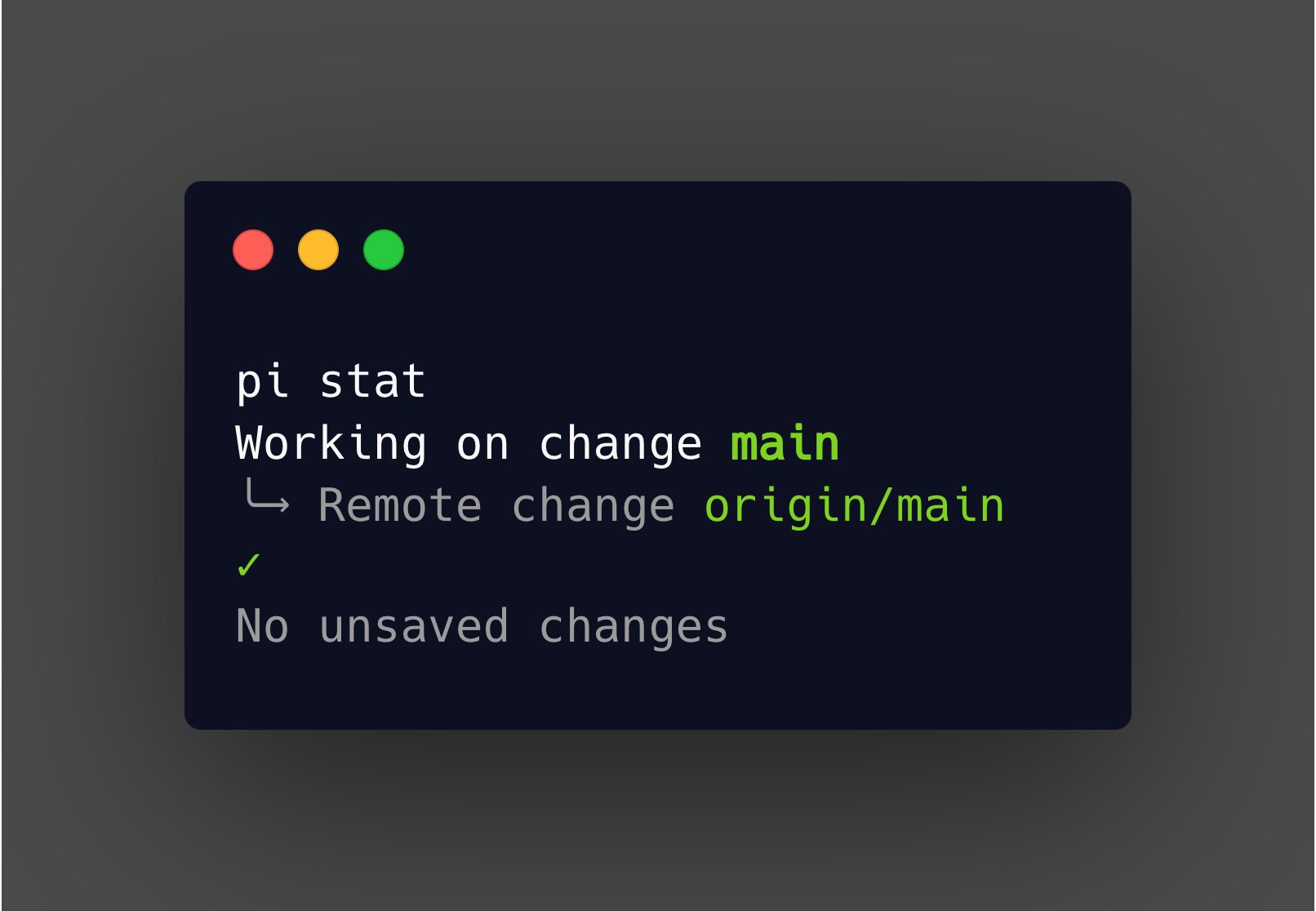How to Use Git to Load Changes from Another Branch
In software development, working with multiple branches in Git is a common practice. Often, you may need to incorporate changes from another branch into your current working directory. Git provides powerful commands to facilitate this, and with the introduction of Git version 2.23, the process has become even more streamlined with the git restore command.
The git restore Command
The git restore command is a relatively new addition to Git, introduced in version 2.23. It allows you to restore files from another branch, tag, or commit without switching branches. This command effectively separates the tasks of "checking out a branch" and "checking out files" that were previously handled by the git checkout command.
Basic Usage
Here’s how you can use the git restore command to load changes from another branch:
git restore --source=<other-branch/tag/commit> <pathspec>
# or
git restore -s <other-branch/tag/commit> <pathspec>
--source=<other-branch/tag/commit>: Specifies the branch, tag, or commit you want to restore files from.<pathspec>: Defines the files or directories you want to restore.
Example
To load all files from a branch named "other" into your current working directory, you would use:
git restore -s other .
This command restores all files from the "other" branch into your current branch. It’s particularly useful when you want to test or integrate specific changes without switching branches.
Practical Scenarios
Here are a few practical scenarios where git restore can be particularly useful:
Testing Features: If you’re working on a feature and want to test some changes from another branch without fully merging it, you can use
git restoreto pull those specific changes.git restore -s feature-branch ./src/some-feature/Bug Fixes: When a bug fix is implemented in a different branch, and you need to quickly incorporate it into your working branch without disrupting your current work.
git restore -s hotfix-branch ./src/bugfix/Reviewing Changes: Before merging changes from another branch, you might want to review how they interact with your current work. Using
git restore, you can selectively pull in changes for review.git restore -s dev-branch ./docs/
Conclusion
The git restore command is a powerful addition to your Git toolkit, enabling you to restore files from another branch, tag, or commit seamlessly. It’s designed to make working with multiple branches more efficient and less error-prone. By understanding and utilizing this command, you can streamline your workflow and handle changes across branches with greater flexibility.
For more details on the git restore command, refer to the official Git documentation or explore tutorials and guides that provide deeper insights into its capabilities.
